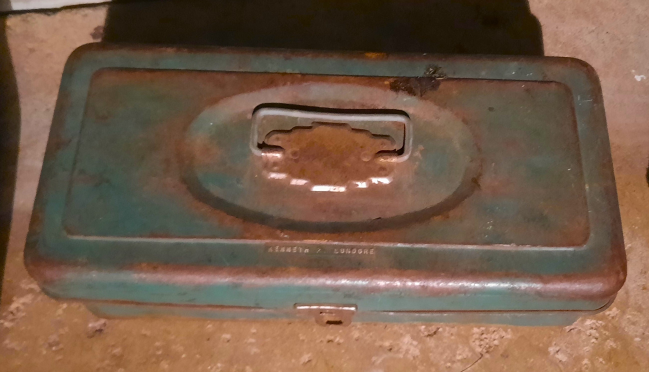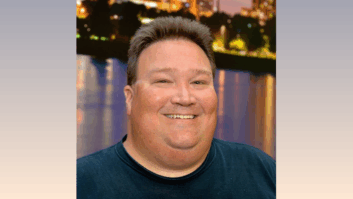In the previous issue I outlined the thorough organization process used by Dave Morgan, director of engineering for Sinclair Telecable. Dave told how he has allocated space at one of his transmitter locations to assemble and organize a “parts depot” to support all of his sites. And he expressed surprise at the discoveries he has made during this consolidation and sorting process.
We left off with a suggestion that you store small components in the plastic bags (Ziploc or similar brands) that you get when you order parts from supply houses. As you can see in the first image, the bags fit perfectly in an Akro-Mils shelf bin (part number 30150). It measures 7 inches wide, 4 inches tall and 12 inches deep and is available in various colors. Don’t forget to buy the plastic dividers (part number 40150).

In addition to keeping things organized, these bins are easy to transport from one site to another.
Semiconductors pose a sorting challenge because of their various numbering schemes. Dave’s approach has been to sort by NTE/ECG numbers and use a cross-reference directory to find the matching NTE/ECG number, with the caveat that datasheets must be consulted whenever an NTE/ECG or SK component might need to be used as a substitute.
This is because there are differences. Data sheets are also available on the internet, but nothing takes the place of the cross-reference directories.

For semiconductors, Dave uses the original factory, supply house or new anti-static bagging, but the SK and NTE/ECG pouches will also fit nicely inside the Akro-Mils bins.
Dave cautions that there is a disadvantage to open-top bins: Dust and dead bugs can accumulate in them if your building is not sealed tightly or relies on outside air circulation. Of course your sealed bags will keep out dirt, bugs and moisture, but the bins can get dirty.
Dave and his staff express amazement at how often they solve a problem or save time and money by pulling parts from their consolidated depot. The loss of their last local electronics store may have been unfortunate, but its closure, combined with their need to tidy up transmitter buildings and studio closets, have produced benefits for their stations.
Sharpie suggestions
Northern New England contract engineer Stephanie Donnell commented on our discussion about marking and labeling circuit breakers.
To identify particularly important ones, like the one feeding the dish heater or a UPS, she uses a red Sharpie or similar brand marker. In the case of a UPS breaker, this makes for easy identification for a load test.

Stephanie also uses labels from a Brother P-Touch or other label maker to highlight the location of connectors on the back of a Burk remote control. These boxes have a tight confluence of wires; labeling the connectors makes it easier to find which connectors are for which function groups.
The label maker can also be a big help in labeling wall-wart power supplies with the name of the equipment being fed power. Stephanie has also used labels or Sharpies to label telco “biscuit boxes” with their assigned phone or circuit numbers.
Ken’s toolbox
We also asked about your favorite toolboxes and what you kept in them.
In 1955, Ken Lundgren gave up his paper route and passed out business cards for “Ken’s Radio & TV Service.” He charged $5 for a house call plus the price of tubes.
Ken made friends with the local TV parts shop and bought tubes for 50% off. Most tubes ranged from $1.50 to $5. He fixed nearly every TV by replacing a tube or cleaning the tuner. Sometimes he only needed to tweak the Horizontal- or Vertical-Hold controls.

Ken’s toolbox, shown in the last photo, contained a 1/4-inch “spin tite” nut driver to remove the back of the television; an AC cheater cord, to power the television when the back was removed; a couple of receiving tubes; tuner spray; and a CRT booster. Most of the time, Ken would have to go to the parts store to get a tube, so that was two visits or $10!
One neighbor with a Zenith TV needed tuner cleaning once a month. Ken asked the tech at the parts store, who recommended Lubriplate brand grease on the tuner contacts. After application, his visits were cut down to once every three months.
Ken kept his original toolbox until about a year ago. It served him well.
Workbench submissions are encouraged and qualify for SBE recertification credit. Email [email protected]







